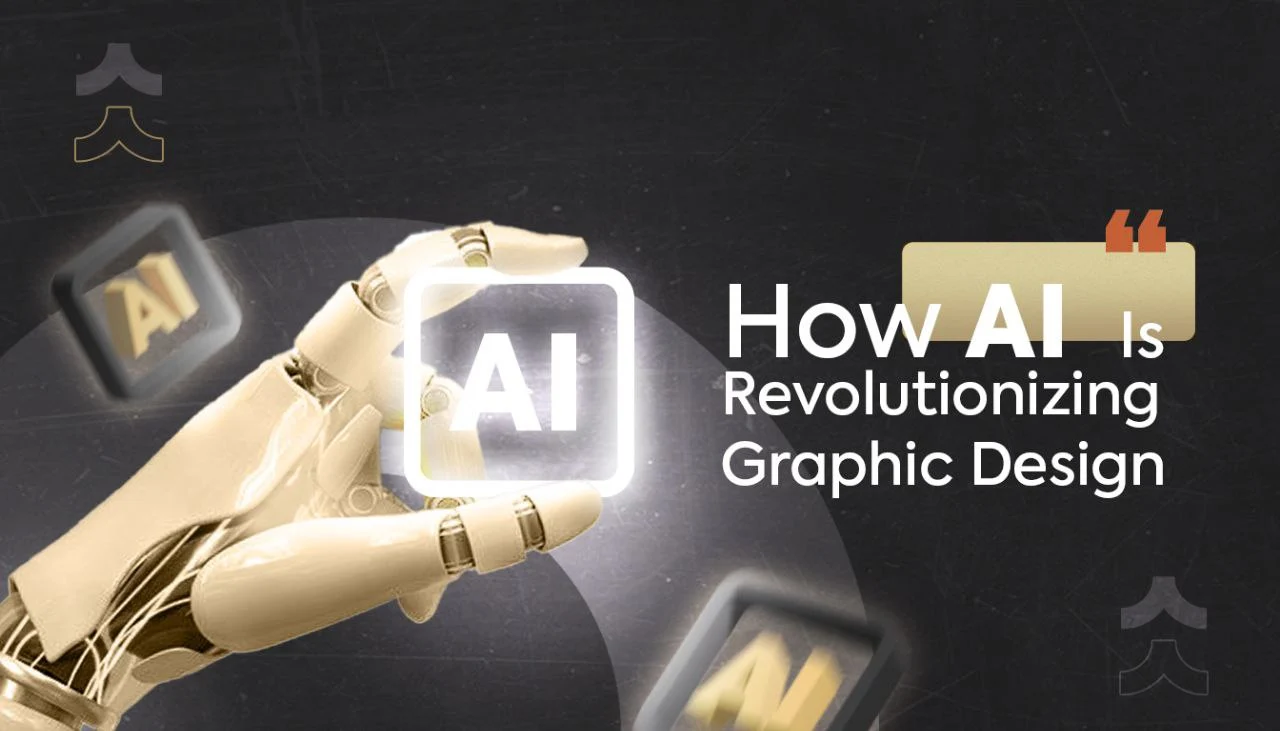
Not so long ago, the tools of graphic design were rooted in manual precision and time-consuming processes. Designers spent hours (sometimes days) refining layouts, adjusting colors, and polishing typography, all while juggling client feedback and tight deadlines. These traditional tools were the foundation of the industry, but they demanded significant effort, patience, and technical skill to achieve professional results.
Fast forward to 2025, and the landscape looks dramatically different. With the rise of AI-powered design platforms, a precise prompt and the click of a button can produce concepts that once required hours of work. From generating layouts to suggesting color schemes and even creating complex illustrations, AI tools have shifted the balance from labor-intensive execution to creative direction.
But this shift doesn’t mean the craft of design is disappearing; it means the designer’s role is evolving. AI has become the assistant, not the artist, allowing professionals to spend more time on strategy, storytelling, and refining ideas into visuals that resonate.
AI as an experimental technology is a core part of modern creative workflows. Its capabilities extend far beyond simple automation:
Idea Generation: AI tools can instantly produce multiple concepts based on a short description, helping creatives explore new directions.
Speed & Efficiency: Tasks that once took hours, like background removal or layout adjustments, now take seconds.
Data-Driven Design: AI can analyze user preferences and industry trends to suggest designs tailored for specific audiences.Cross-Platform Adaptation: Automatically adjusting designs to fit various sizes and formats without losing visual quality.
Faster Turnaround Times: Meeting tight deadlines without compromising on creativity.
Expanding Creative Possibilities: Exploring more ideas in less time encourages experimentation.
Reducing Repetitive Tasks: Letting AI handle the mundane so designers can focus on the big picture.
Enhanced Collaboration: AI-generated drafts can help align teams and clients early in the creative process.
While AI is powerful, it’s not a substitute for human creativity:
It lacks emotional intelligence and cultural sensitivity.
It depends entirely on the quality of the prompt and direction it receives.
No matter how advanced AI tools become, speed and efficiency alone don’t guarantee exceptional design. Behind every effective AI-driven project is a skilled human who knows how to guide it; someone who understands brand strategy, visual storytelling, and the subtleties that turn a good concept into a design clients love.
At Solarya, we combine the power of cutting-edge AI tools with expert creative direction. Our role is to provide AI with professional, precise guidance that ensures every design is not only fast to produce but also meaningful, on-brand, and visually compelling. Get in touch with us today, and let’s craft designs that blend innovation with human expertise.
Q1: Does AI replace human designers? No. AI assists with execution, but human designers provide the creativity, strategy, and emotional insight that machines lack.
Q2: Is AI-generated design original? AI can create unique visuals, but originality depends on the designer’s creative input and customization.
Q3: What’s the best AI tool for graphic design in 2025? It depends on your needs: Adobe Firefly for integration, Midjourney for artistic visuals, or Canva Magic Studio for quick layouts.
Q4: How can small businesses benefit from AI in design? AI makes professional-quality visuals more accessible, reducing costs and production time without sacrificing quality.
Leave a comment